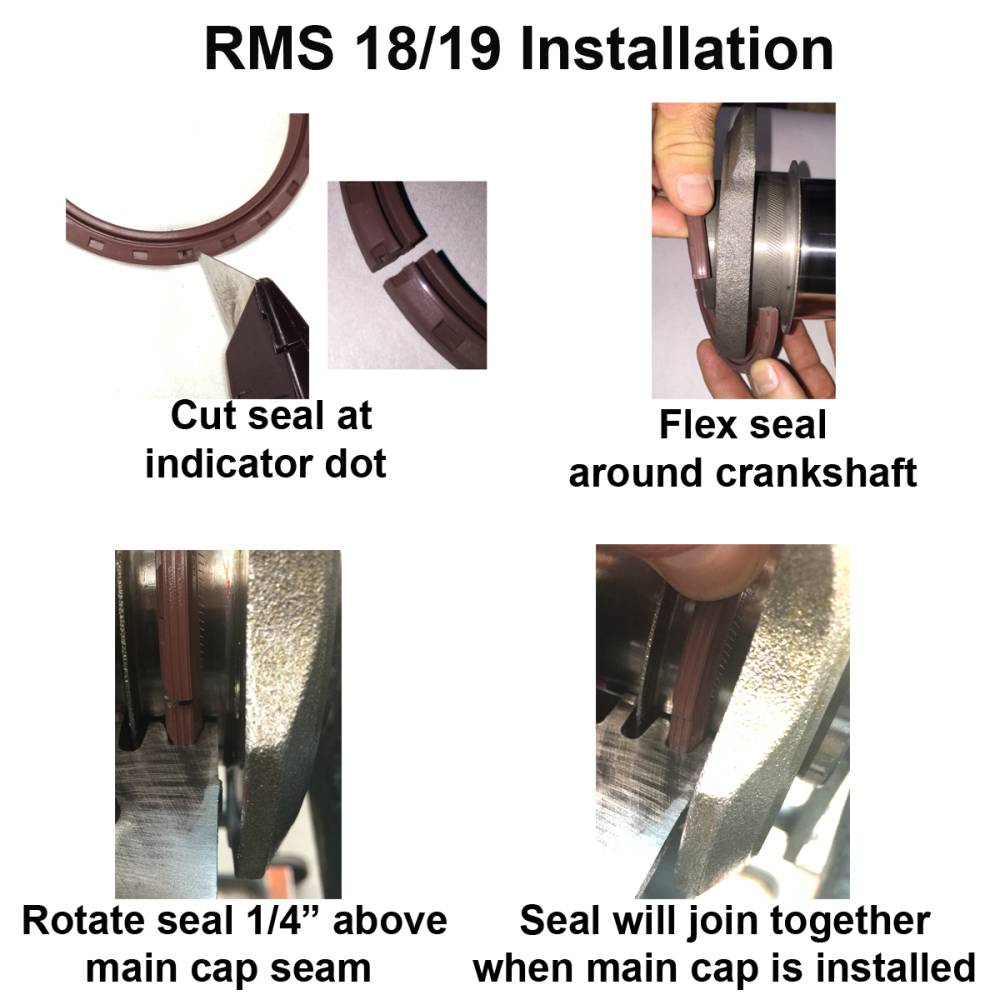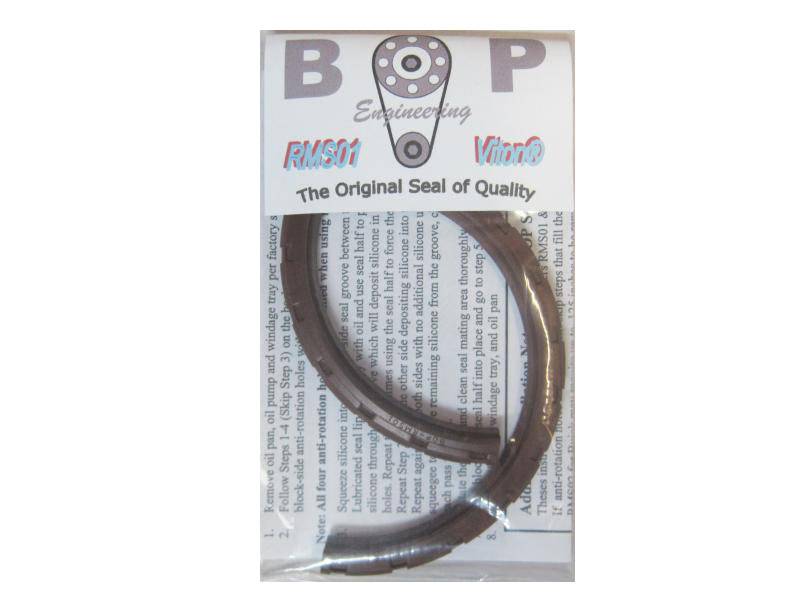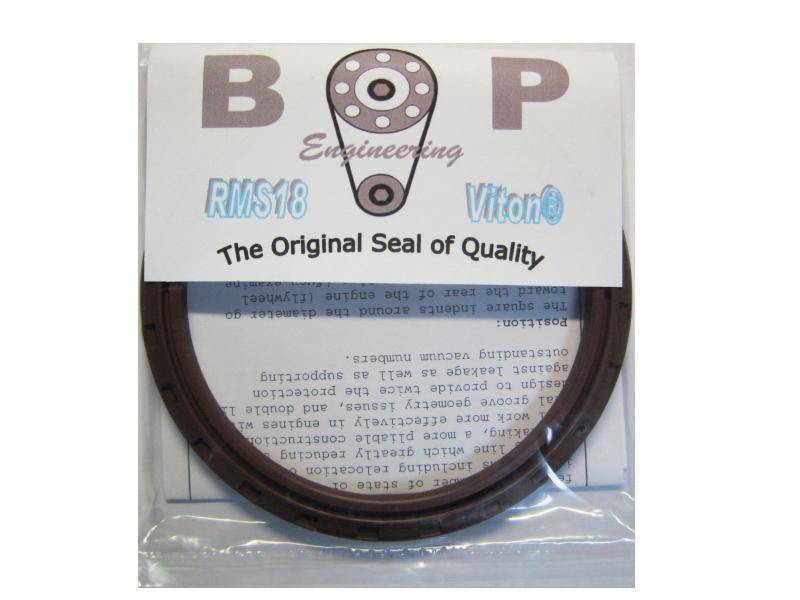VITON DUAL LIP REAR MAIN SEALS
Common Questions:
Please read the included instructions carefully to make the installation easier and hassle free.
What is the difference in the 1pc and 2pc seals?
The 2 pc comes pre-cut in halves and the 1pc has to be cut on the designated cut dot on the seal. This difference is the amount of seams.
Can I install the seal with the crank in the engine?
Yes, the 1pc have instruction included on how to install with the crank in the car.
Do I have to trim the seals to fit?
Not all block and crank geometry is the same. We recommend dry fitting the seal to ensure it doesn't flex or bulge out when the main cap is installed. If so, you can trim slightly to fit with a sharp utility knife.
Do I use use sealer on the seams of the seals?
Normally we do not recommend sealer on rear main seals, but you can apply a film (not very much at all) to the joints.
Are these seals better than a rope seal?
Yes, they feature a dual lip Viton seal that acts as a wiper on the crank. Although rope seals are good quality today and can be used when installed correctly, they are far inferior to a dual lip Viton seal.
There are other Viton seals out there. Are they the same?
No they are not the same. Most on have a single lip. Our seals have a dual lip that doubles the protection. We sell the original BOP seals designed for Pontiac engines.
Will the serrations on the crank damage the seal?
Some extremely sharp serrations can affect the seal. If they are very sharp you can buff them down with an Emory cloth but be careful to not remove material that changes the geometry of the crank.
My crank does not measure 3" or 3.25". What seal do I use?
All 326-350-389-400 use the 3" main journal seal- RMS01 and RMS18
All 421-428-455 use the 3.25" main journal seal- RMS02 and RMS19
The 1PC seal will not fit over my crank
The 1pc seal will not fit over the crank without first cutting it. You then slightly bend the seal open and work it around the crank. You then press it back together. See the instructions below.
RMS 18/19 1PC Seal Basic Instructions




You must login to post comments.